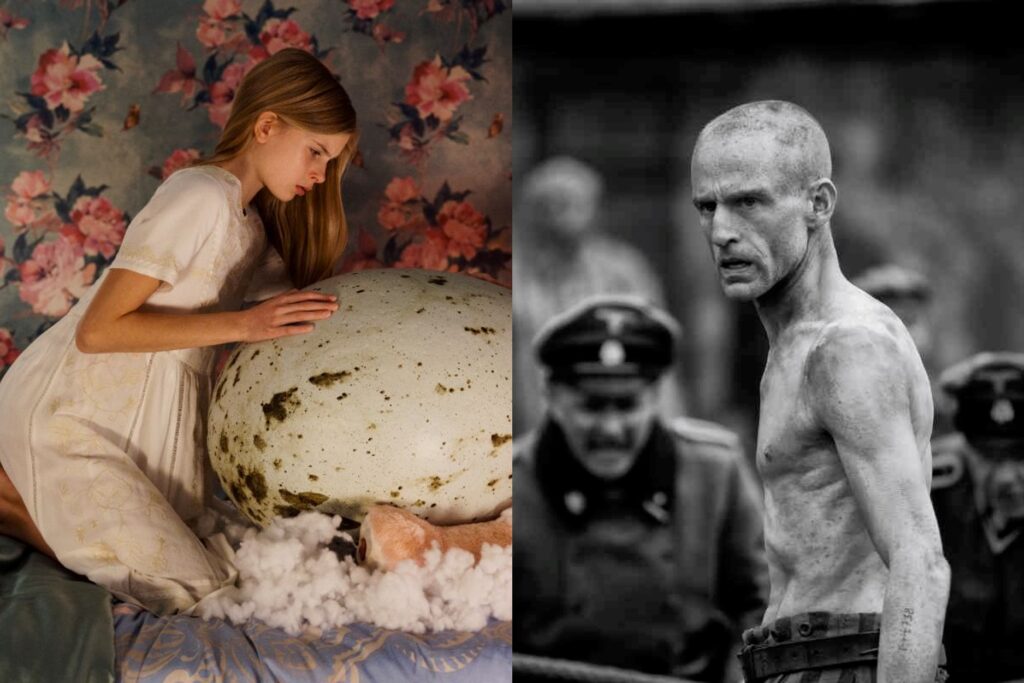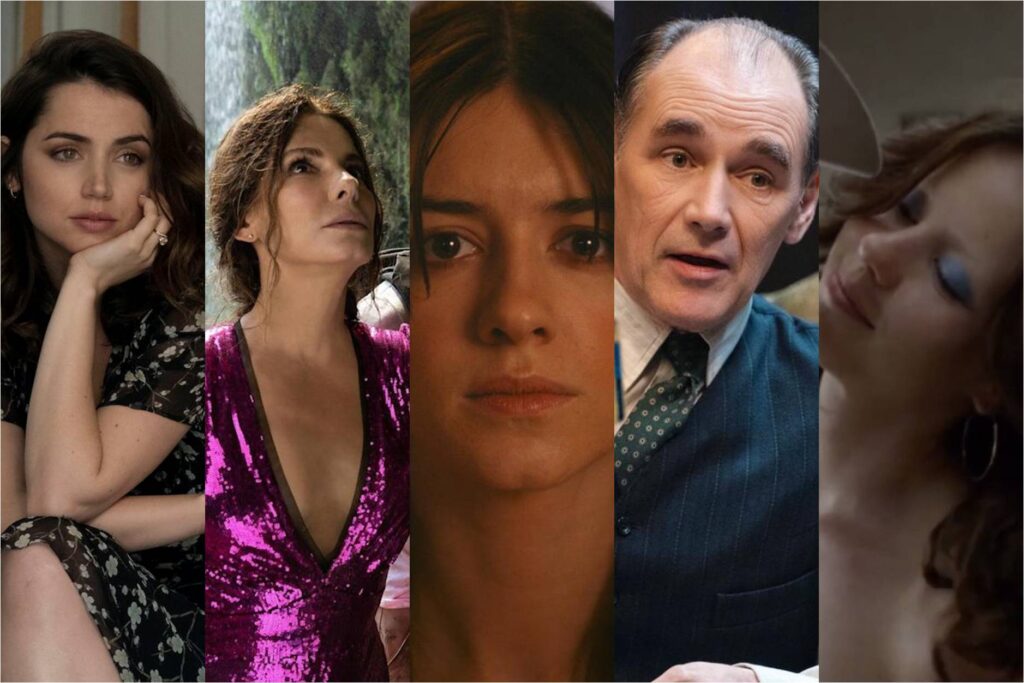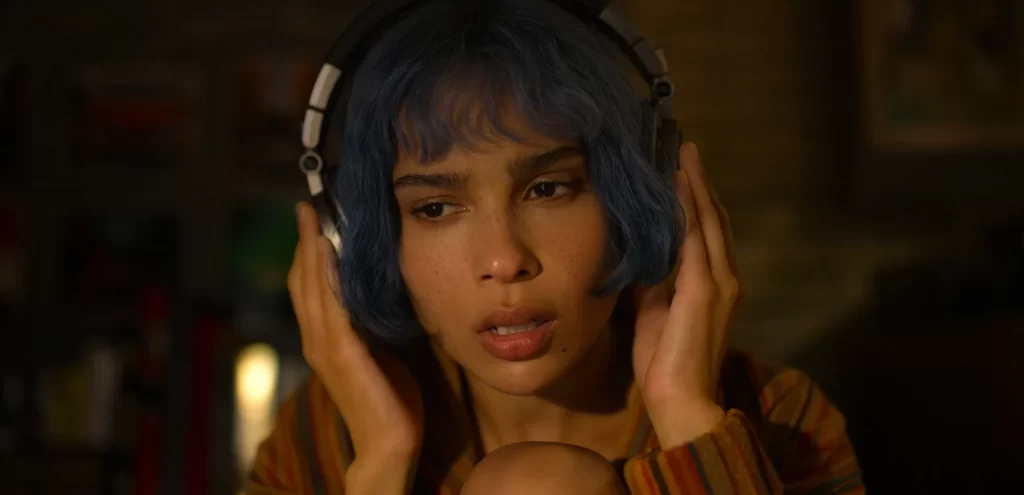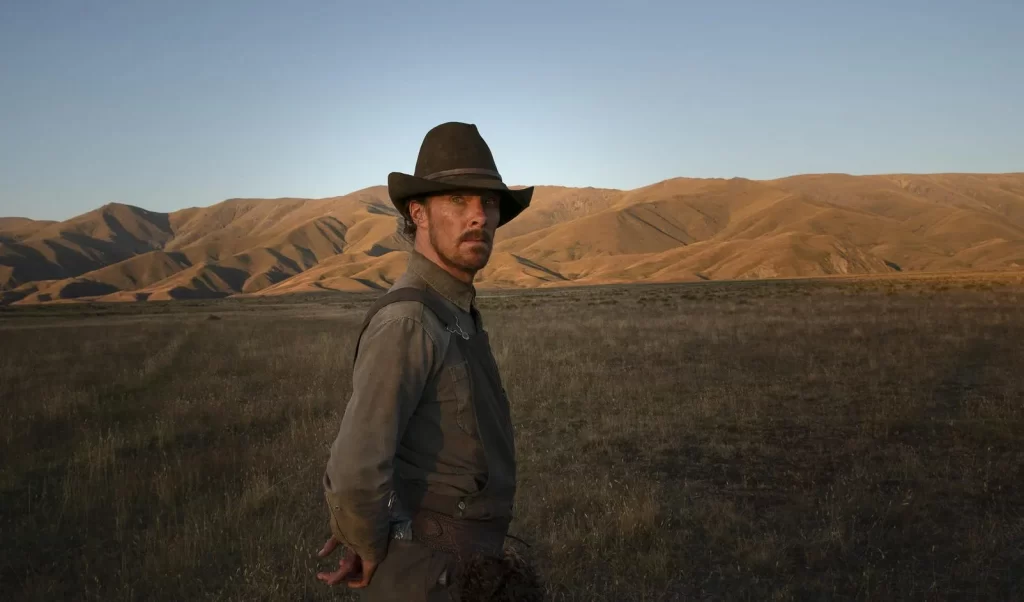The Survivor, Hatching, and Movies Resisting Genre

Genre is a limiting concept. Movies are too complicated, too messy, to be reduced to single-word classifications. It’s a comedy. What if it’s scary? It’s a drama. What if it’s funny? It’s a Western. What if it doesn’t have any guns? These reductive descriptors attempt to package complex pieces of art into tidy little boxes, deceiving viewers into believing that movies can only be one thing, rather than many things at once.
Still, the conceptual construction of genre makes sense, and not just as a matter of commercial advertising. It also functions as a conversational shorthand, a convenient way of identifying a film’s scale and tone. (This website, I should note, routinely affixes genre tags to its reviews, the better to group like-minded pictures together.) Describing a movie as a comedy or a thriller conveys an established set of expectations—suggesting that you’re likely to laugh, shudder, or squirm—which it’s then naturally judged against. But what happens when movies actively resist the genre territory that they appear to be occupying? I’m not talking about gearshift features, like Something Wild or Parasite, which intentionally fake out viewers by swerving from one mode of storytelling to another. I’m talking about movies that seem uncomfortable within their own skin, and that struggle to satisfy those preconceived expectations because their interests appear to lie elsewhere. Read More




